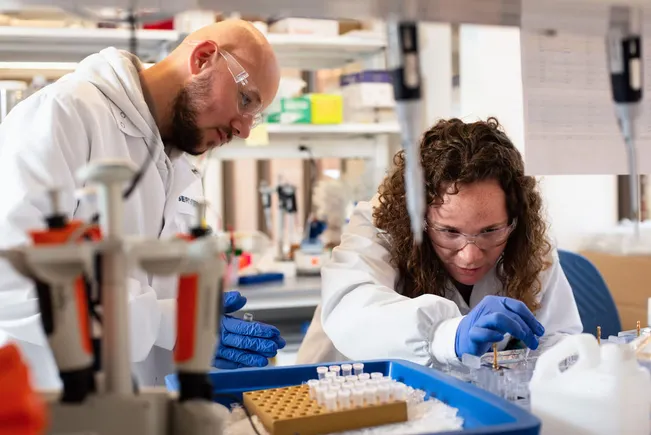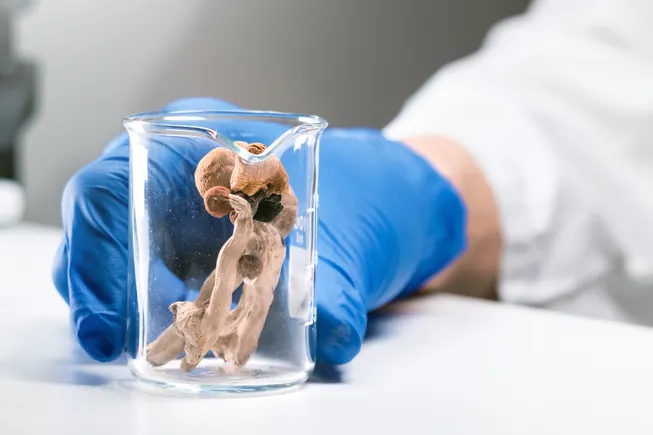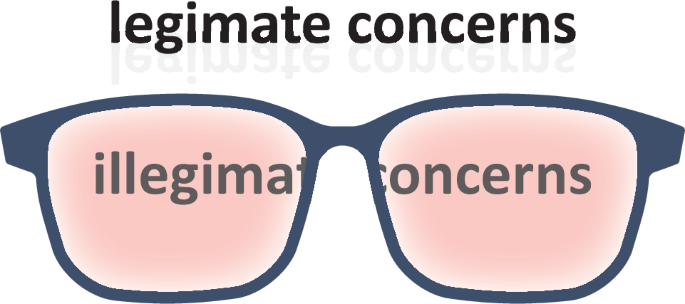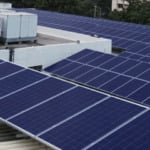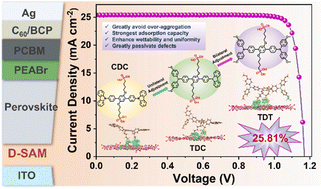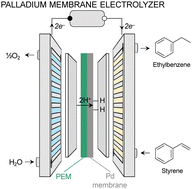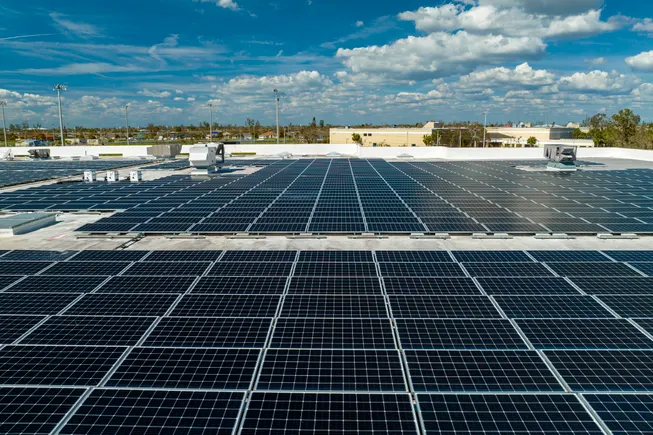Unveiling the Impact of C60–O2 Interaction on the Performance and Characterization of Perovskite Solar Cells
Advanced Energy Materials, EarlyView.

Air exposure of the C60 electron-transport layer (ETL) in p-i-n perovskite solar cells causes rapid O2 intercalation, forming deep trap states and altering charge carrier balance at the perovskite/ETL interface, thereby increasing non-radiative recombination. This work highlights the importance of O2 management during device fabrication and characterization, and additionally presents a simple method to assess the barrier quality of SnOx.
Abstract
C60 is the prevalent electron-transport layer (ETL) in high-efficiency p-i-n perovskite single-junction and multi-junction solar cells. Here, it is demonstrated that the exposure of the C60 ETL to ambient O2 results in significantly increased non-radiative recombination, influencing results from commonly applied characterization techniques such as steady-state and transient photoluminescence (PL), transient surface photovoltage, as well as current density-voltage measurements. Based on PL and He-I UV photoemission spectroscopy measurements and supported by density functional theory calculations and drift-diffusion simulations, it is proposed that O2 rapidly intercalates into the C60 ETL, causing the formation of deep trap states and an altered charge carrier balance at the perovskite/C60 interface. The findings reveal that the effect is reversible but can mislead experimental interpretations if disregarded, emphasizing the importance of O2 management during device fabrication and characterization. Furthermore, it is demonstrated that this interaction enables simple PL measurements in air to serve as a novel sensing method for evaluating the barrier layer quality of the SnOx buffer layer atop C60. This study thereby not only highlights a critical deterioration mechanism in perovskite solar cells and provides a deeper understanding of the underlying interaction between the C60 ETL and O2 but also offers practical avenues for future selective contact optimizations.































































